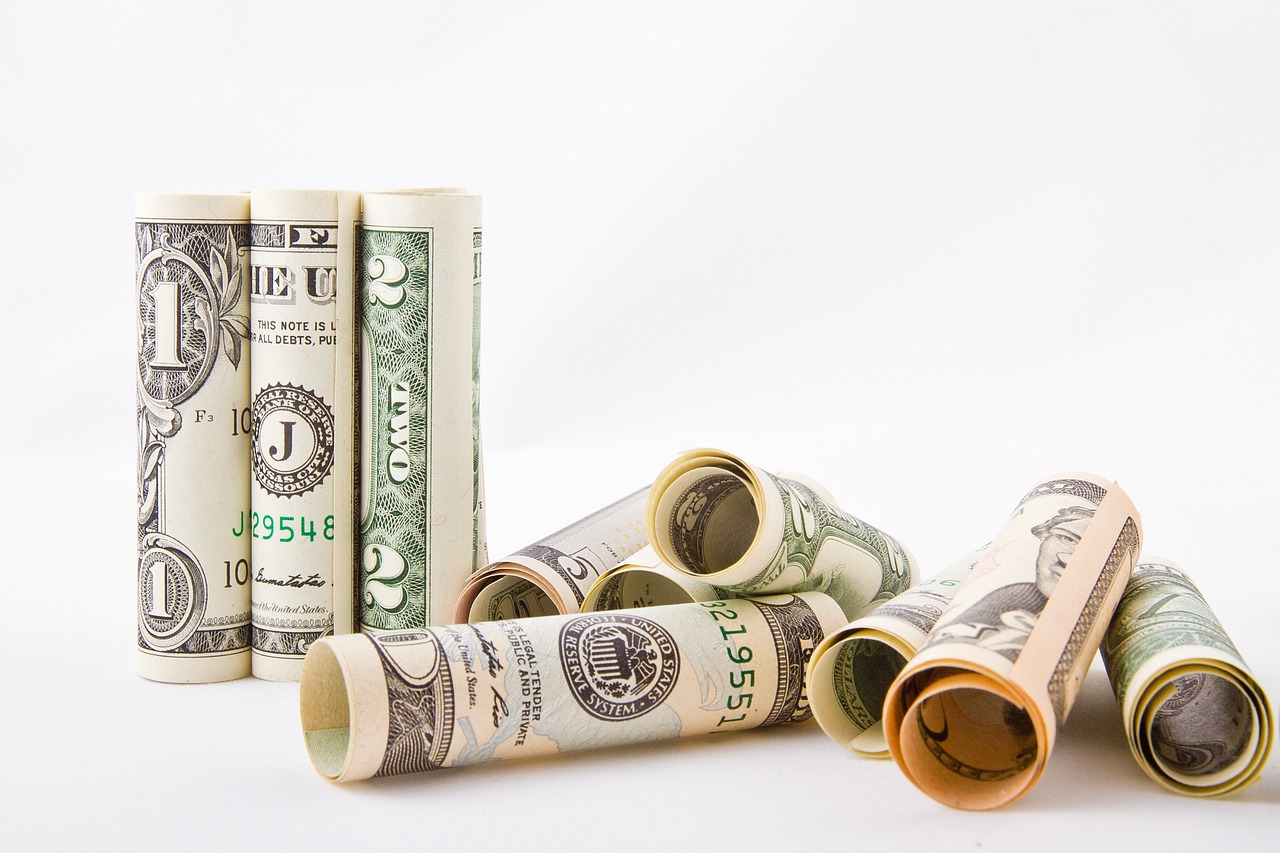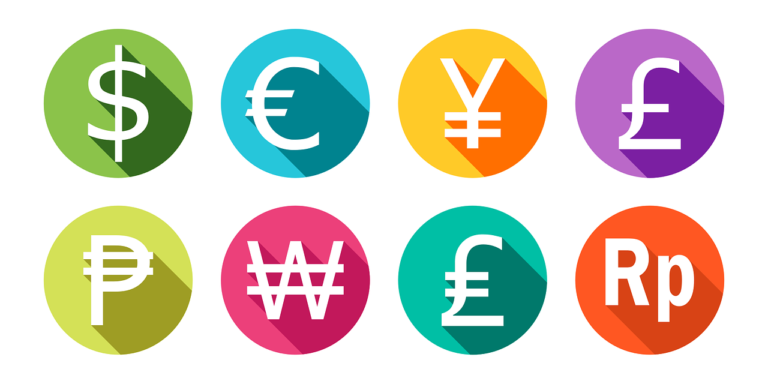Top 10 Most Expensive Currency In The World (2024)
In today’s post, we will list the most valuable currencies in the world. When asked “What is the most expensive currency in the world?”, Strong currencies from Western countries such as the Swiss Franc or the British Pound come to mind.
However, the country that holds the most expensive currency in the world is far from Europe and in no way resembles a Western country.
What is The Most Expensive Currency In The World?
The most expensive currency in the world is the Kuwaiti Dinar (KWD), worth no less than 3.29 USD (US dollars). More value than the previous year.
Year after year, the Kuwait Dinar remains the most expensive currency in the world with a large advantage over the rest.
The top 3 rankings of the most expensive currencies in the world are formed only by currencies from the Middle East, with the Bahrain Dinar (BHD) worth 2.65 USD and the Oman Rial (OMR) quoted at 2.60 USD.
These two currencies suffer little fluctuation in value against the US dollar over the years. Every time I update this article, the variation is minimal, even after years.
You can ask me: what makes the currencies of the countries of the Middle East so expensive?
The three countries mentioned (Kuwait, Bahrain, and Oman) are major oil exporters, which generates a large sum of dollars for the country, due to exports.
As there is a large supply of dollars entering the country, which needs to be exchanged for the local currency, local currencies are under pressure from demand, which values them against the US dollar.
This process of appreciating local currencies is common in countries that have exportable natural resources, such as oil and gas.
The problem is that overvalued exchange rates make it difficult to diversify exports, as they make them expensive in the international market.
What has been described above generates a vicious circle of dependence on oil and, therefore, the country’s vulnerability in the medium and long term.
For this reason, many countries try to encourage other sectors, such as Dubai and Qatar.
In addition to these overvalued currencies, some well-known currencies make life difficult for those traveling to Europe, for example, the Euro (1.23 USD), the British Pound (1.36 USD), and the Swiss Franc ($ 1.13).
But these currencies are cheap compared to the three shown before, but both the Euro and the Pound tend to fluctuate more against the dollar throughout the year.
In the beginning, the US dollar has been losing value against the currencies we mentioned. Some analysts say there is a relationship with the interest rate that will remain super low.
The interesting thing is that there are ways to earn dollars or euros on the internet, which is a great advantage when it comes to converting to the real when our currency is devalued.
Ranking of the Top 10 Most Expensive Currencies
See the ranking of the 10 most expensive currencies, and the values of the latest currencies can change considerably throughout the year.
| Currency | Exchange against the US Dollar |
|---|---|
| Kuwait Dinar | 3.29 |
| Bahrain Dinar | 2.65 |
| Oman Rial | 2.60 |
| Jordnian Dinar | 1.41 |
| British Pound | 1.36 |
| Euro | 1.23 |
| Cayman Islands Dollar | 1.20 |
| Swiss Franc | 1.13 |
| Canadian Dollar | 0.78 |
| Australian Dollar | 0.77 |
The data was collected from the XE website at the end of January and concerns only the coins issued by central banks of the National States.
Read Also: Top 10 Most Stable Currencies in the World
Is Bitcoin among the most expensive currencies in the world?
The amount of comments we receive about, not including Bitcoin in the list of most valued currencies in the world is huge.
In mid-November 2017, Bitcoin was quoted at an astonishing $7660 and about $25,000. In January 2019, the situation was different, $4040.
A year later, Bitcoin’s value rose to $7560, with expectations of appreciation (and fluctuation) even greater due to the likely decline in “supply” in 2020.
Some speak of a value of $50,000 at the end of 2020, as reported in Forbes in January of that year.
In early 2021, bitcoin went over $30,000. The reasons would be lower interest rates around the world, to try to reverse the economic effects of the pandemic, and more investors in the cryptocurrency market (individual and institutional).
In addition, the means of payment function could grow, especially after PayPal started accepting bitcoin.
Many economists claim that this (and the rest) cryptocurrency lacks real bases that other national currencies have and cannot even be compared to gold because it is not a store of value.
However, many analysts say that Bitcoin is moving towards being a store of value and moving completely away from being a means of payment.
Bitcoin has become a cryptocurrency that moves in the financial market and international commercial transactions a very small fraction compared to the dollar (yet). In addition to having its growth as a means of exchange barred by regulatory issues.
The point is that the role of a currency in the international market, whether financial or commercial transactions, is defined by the role of the country issuing that currency.
I don’t think it is possible now to compare a cryptocurrency that has become a speculative asset with no real basis with the other currencies issued by central banks.
Anyway, it is worth paying attention to the role of cryptocurrencies, mainly because they can increase their role as a means of payment and, thus, compete with national currencies.






